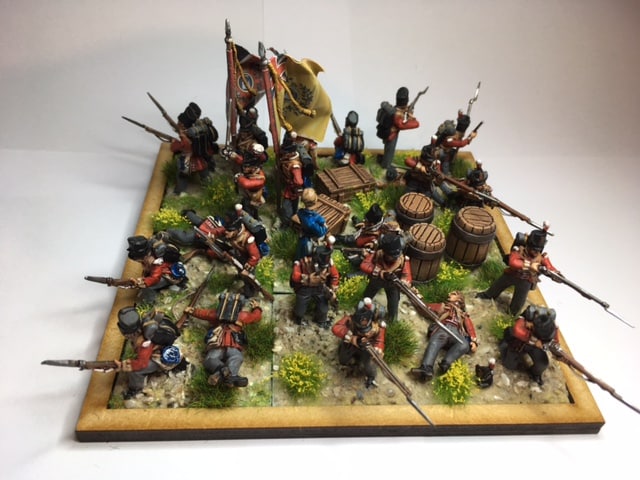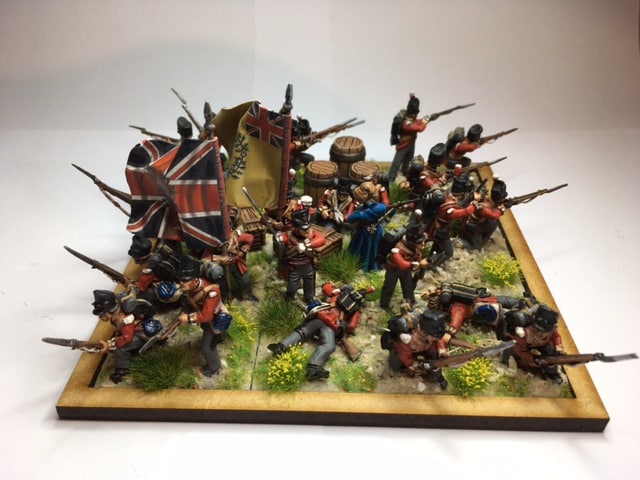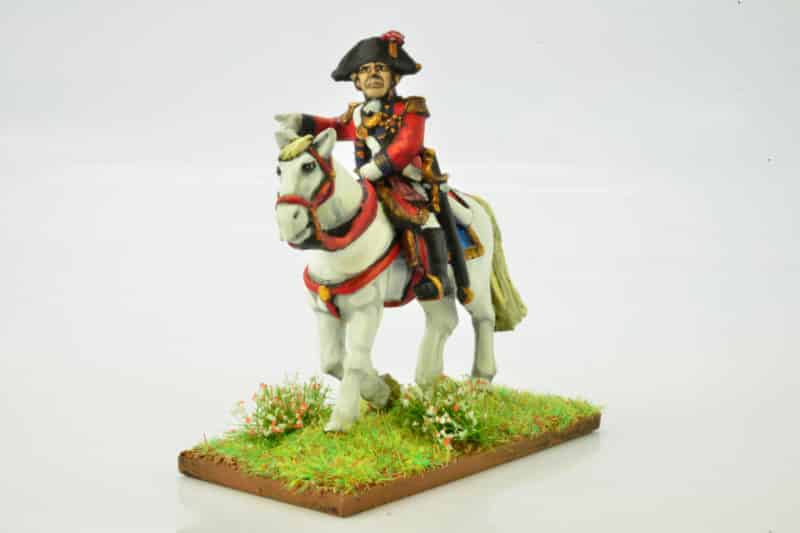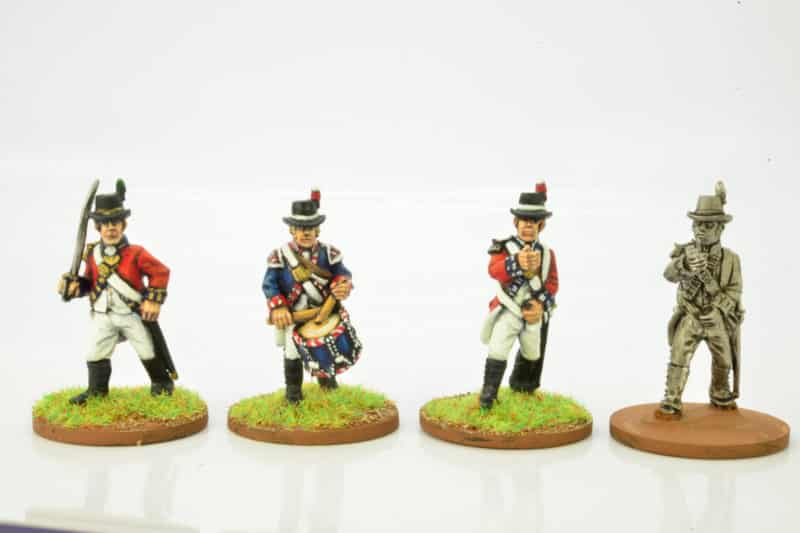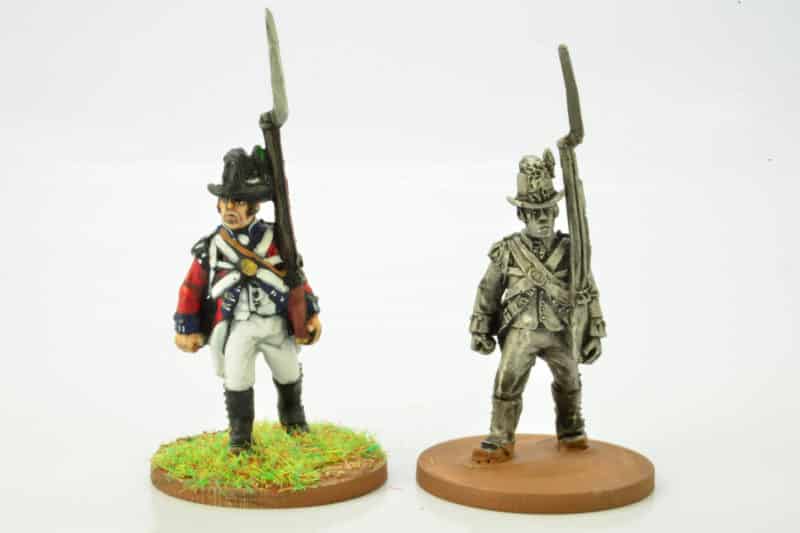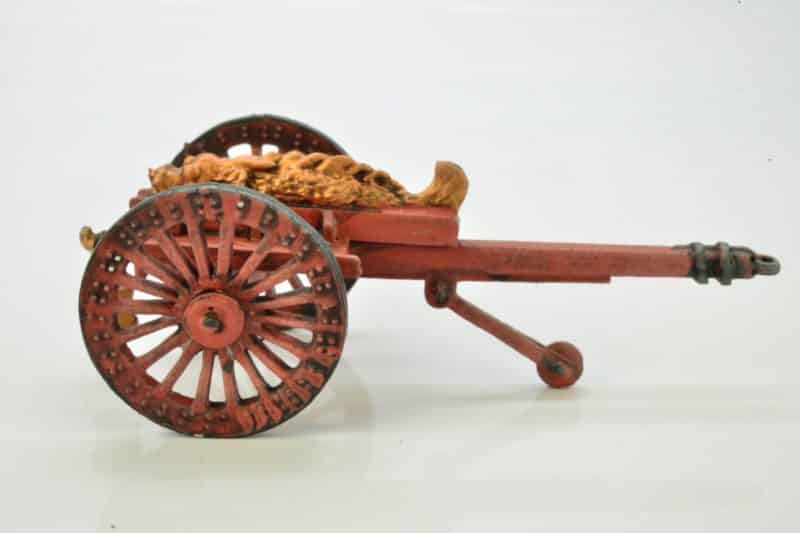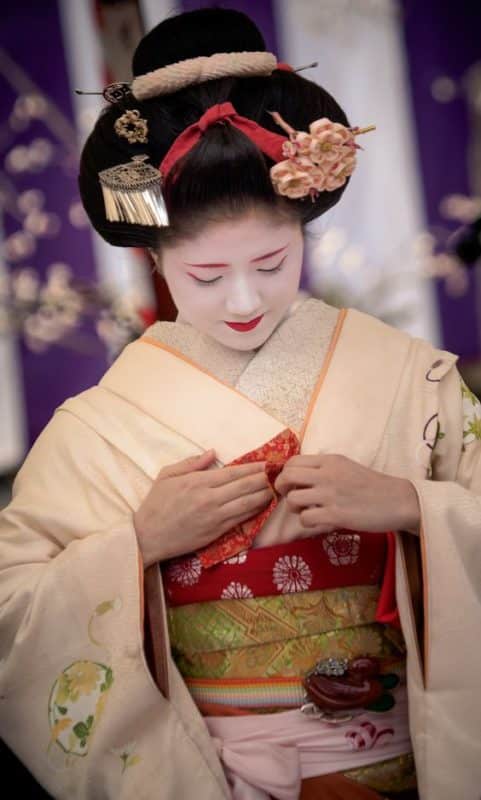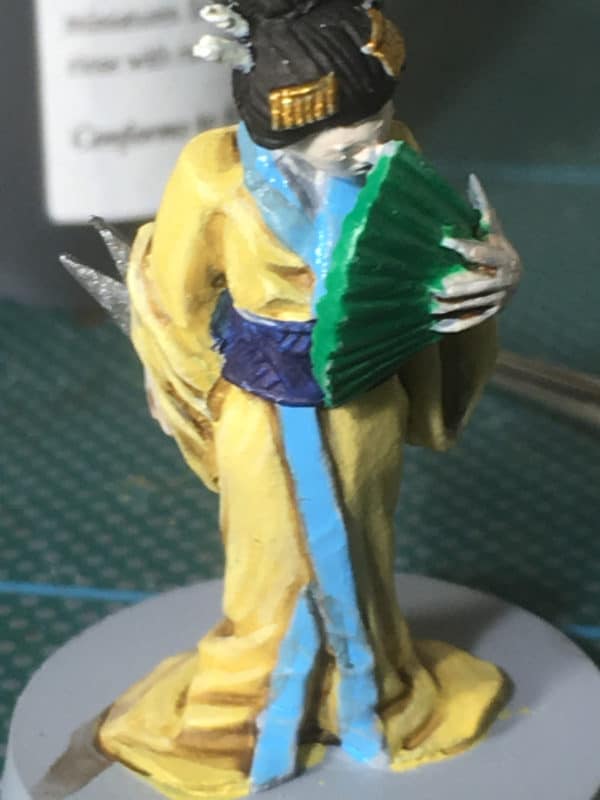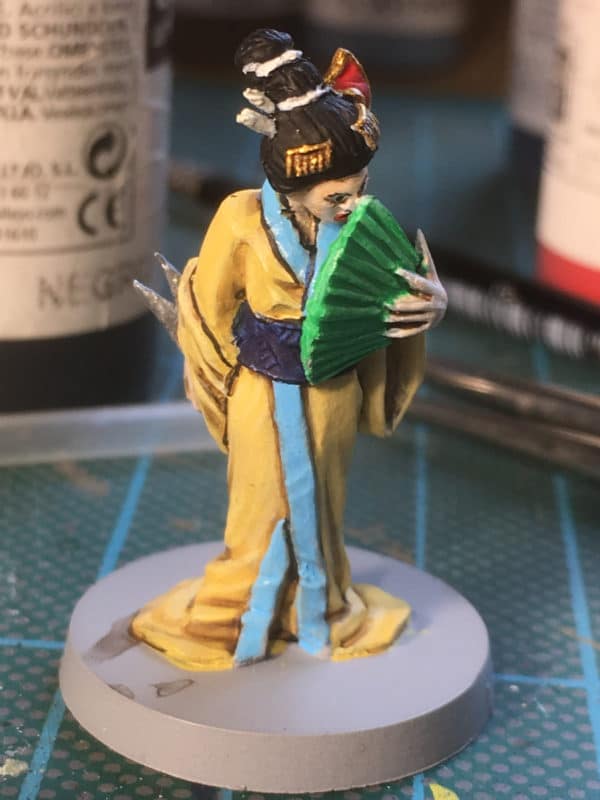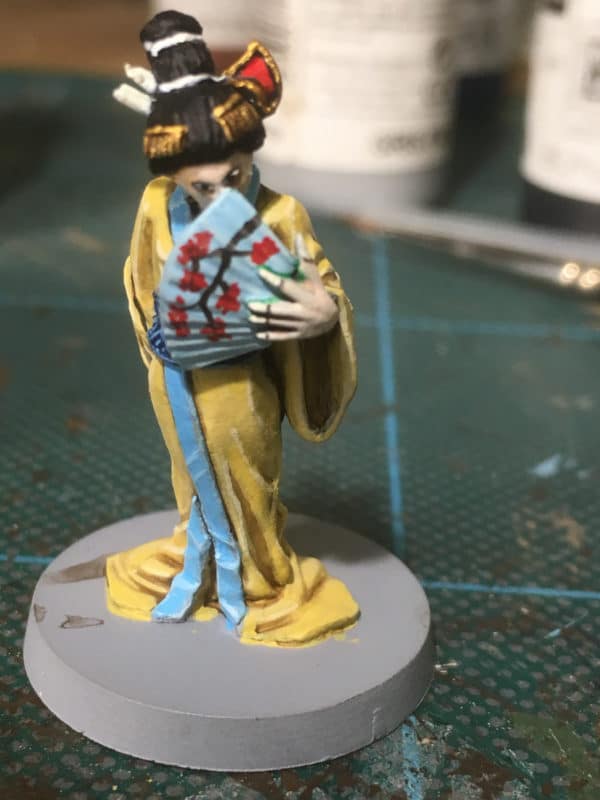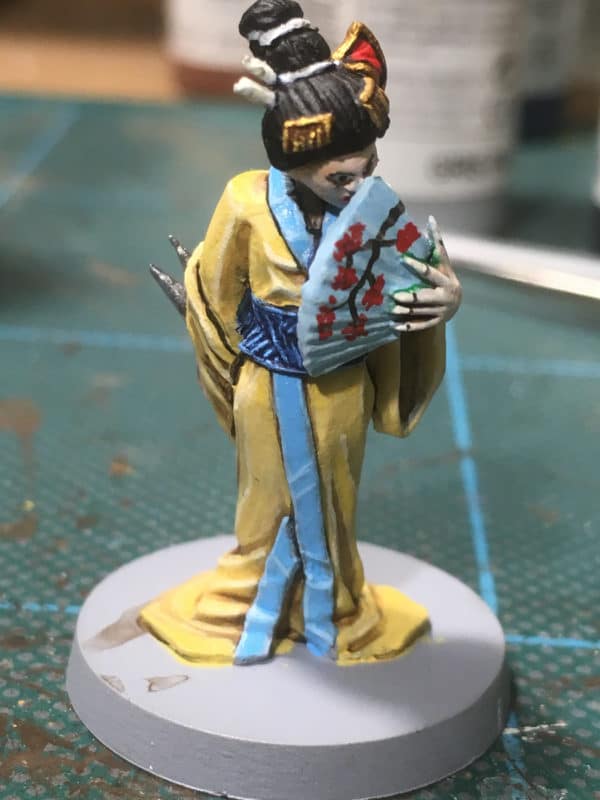The war in the Caribbean is project of mine that has been rumbling along in the back ground for some time and I think that I am now in the mood to move it forwards. I have been painting bits and pieces for this theatre for some time but it’s been a bit of a solo project and has taken a back seat to my other interests.
I decided that I would first paint all the variants of the Trent Miniatures Caribbean Slave packs. They are sold as random mixes but I managed to persuade Duncan to let me have one of each type. First we had to identify them!
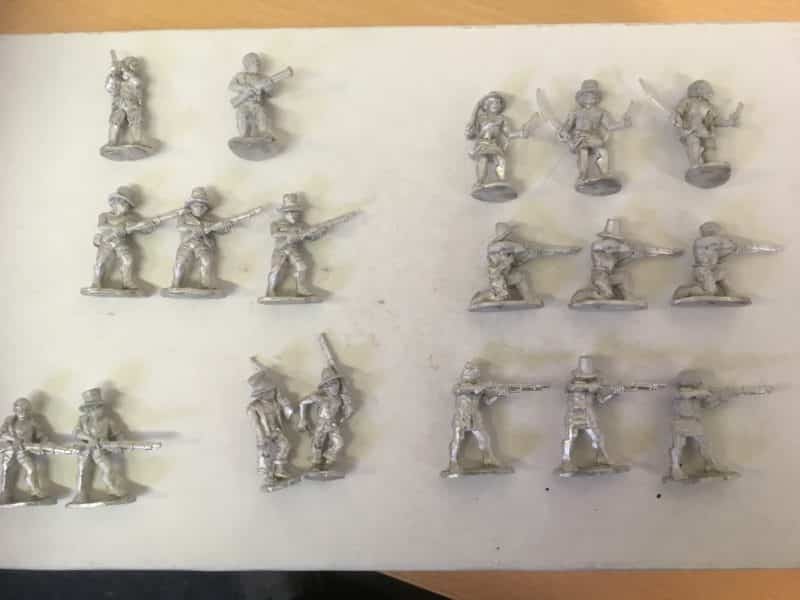
Revolting Slaves – with firearms.
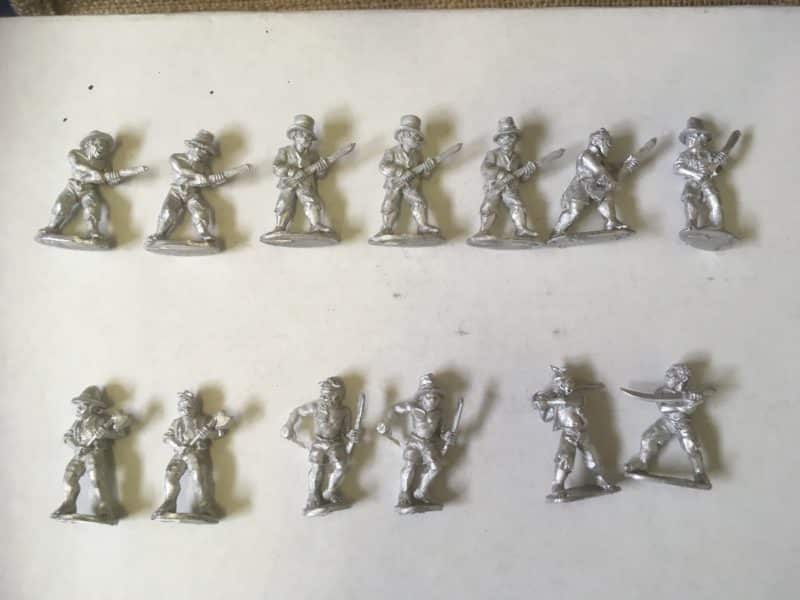
Revolting slaves with hand weapons
There are actually 30 variants. Although the pictures show 31 figures, there is a duplicate hidden in there! I already had painted a couple of packs of the revolting slaves and also a pack of Maroons but the idea was to build a decent sized warband of these guys to represent the small detachment of men led by Jean Kina in Haiti. Jean Kina was originally a slave but now freed, who came to command a force of up to 300 men (depending on the references that you consult) and fought for the British on Haiti.
This leads me perhaps to explain some of my fascination with the Caribbean in this period. The period of interest spans from 1793 to 1815 and during this time, there was a constant conflict running across the whole of the Caribbean area, including some parts of South America. The nations involved included the usual suspects of Britain, France, Spain and significantly, the Slaves and local population but the nature of the conflict and climate meant that many disparate troops types were sent out to fight on the islands.
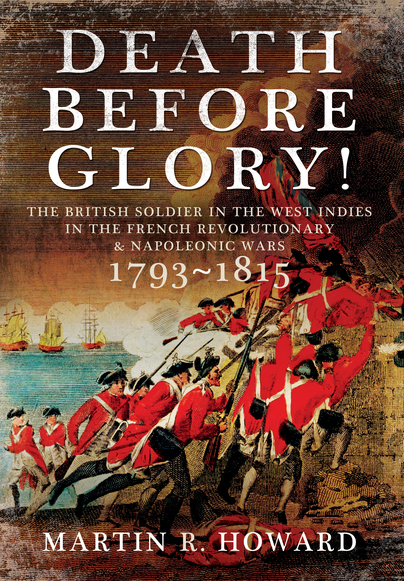 I suspect that the lack of huge set piece battles has meant that the war has not been well documented despite the fact that the stakes were so high. Britain, France and Spain, gained an incredible economic benefit from the area and these Islands were crucial to these countries ability to finance their wars elsewhere. To be clear, most of my little knowledge comes from reading just one book, ‘Death before Glory’ by Martin Howard and some web articles. However, this has been enough to whet my appetite and I am rapidly learning as much as I can whilst continuing to build my forces.
I suspect that the lack of huge set piece battles has meant that the war has not been well documented despite the fact that the stakes were so high. Britain, France and Spain, gained an incredible economic benefit from the area and these Islands were crucial to these countries ability to finance their wars elsewhere. To be clear, most of my little knowledge comes from reading just one book, ‘Death before Glory’ by Martin Howard and some web articles. However, this has been enough to whet my appetite and I am rapidly learning as much as I can whilst continuing to build my forces.

Block painted Caribbean fighters.
As you can see from the picture above, once cleaned up, the figures were temporarily based, primed with Army Painter Leather brown and then painted in an assortment of pale colours to represent the sort of clothing worn in the Caribbean. I used the Vallejo Black brown to paint the flesh and highlighted with chocolate brown.
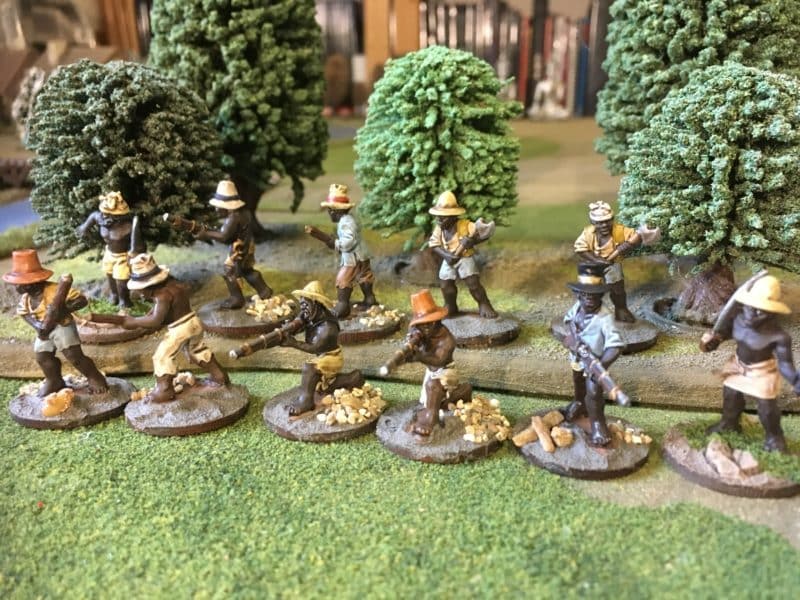
Caribbean Fighters based
I had decided to used Army Painter Quick shade Dark Tone to speed up painting and then rehighlighted were appropriate. The basing was my usual Vallejo Dark earth Texture paste but I added some gravel and small stones for additional texture.
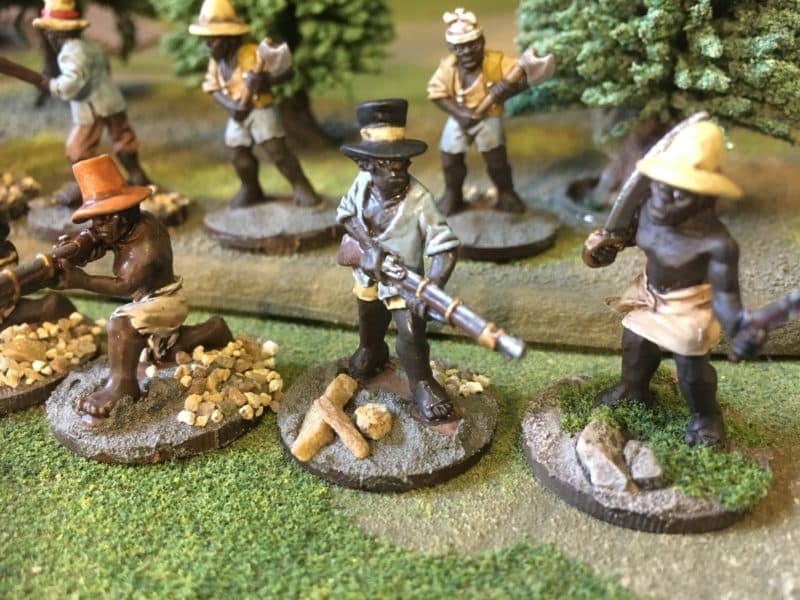
Close up of basing
The bases were finished by painting first with Chocolate Brown, then a Chocolate Brown/Iraqi Sand mix, finishing with a light dry brush of Iraqi Sand. Finally, I added some green scatter and some grass tufts and they are ready for the table.
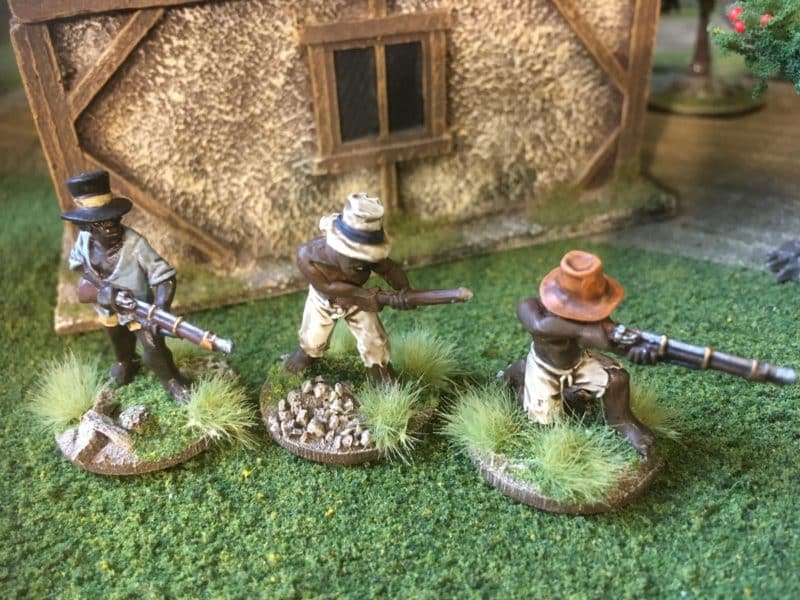
Jean Kina’s Fighters are ready for battle!
There’s plenty more in the pipeline! As well the land operations there was plenty of action at sea, so I will have a use for my growing naval detachment.

My next project – a small sloop for naval engagements.
If you would like to read more on my Caribbean project and the figures that I have painted, click here:
CARIBBEAN BLOG POSTS
The Trent Miniatures Caribbean range is available here:
TRENT MINIATURES CARIBBEAN RANGE
The Vallejo range can be seen here:
VALLEJO PAINTS AND TEXTURES



